By Keith Milton
The age of the sailing warships lasted less than three hundred years, beginning roughly with the battle of the Spanish armada against the English fleet under Howard and Drake in 1588, and ending at the Battle of Navarrino in 1827, the last major naval engagement fought completely under canvas. Although there were 12 galleys in the armada, they were a hybrid arrangement of oars under an extended gun deck built over the tiers of oarsmen and were termed galleasses. They did not appreciably affect the outcome of the battle one way or the other, and they never again appeared in Spain’s first-line equipment.
Poor Pay, but Guaranteed Food & Shelter
Seamen of those days were poorly paid, but could at least expect to be fed and have a place to sleep. Clothing in the form of uniforms came along in the mid-18th century, but up until then most seamen were expected to fashion their own clothing of sailcloth when their original shipping-out duds wore too thin. The middie collar in use in most navies today started out as a backward bib used by sailors of that day to keep the pitch and tar used on their pigtails from staining their shirts. It was an 18-inch square of sailcloth with a length of marline sewn along one edge and tied under the chin. The neckerchief in use today is the symbolic remnant of that tieup, and the ribbons flying from the flattop hats replace the no-longer-worn pigtails.
Food was always a problem in those times, and as the size and complexity of the vessels increased, so did the need for larger crews to man them. Meat was packed in barrels of brine, and because many seamen thought it tasted like neither pork nor beef, it was dubbed “Salt Horse.” Sea biscuits made of flour and water and minimal yeast became hard as rocks, but remained palatable if kept dry. Seamen would break them open on the edge of the mess table and rap them sharply on the table surface to “knock out the weevils” with which they were always infested.
Beer Used In Longer Journeys
Fresh fruit and vegetables could be kept only about six weeks, and water in casks went bad before that. Accordingly, beer was the usual beverage if the voyage was to be long or victualing uncertain. Even this was a problem if the brewer had done his job improperly, and Admiral Howard complained just before he engaged the armada that, “I know not which way to deal with the mariners to make them rest contented with sour beer.” He must have succeeded, because he added later that he was in charge of “the gallantest company of captains, soldiers and mariners that I think were ever seen in England.”
After the conclusion of the third Anglo-Dutch War, Britain became the preeminent naval power on earth, and her fleet grew each year. It became a crime in England to fell an oak tree without a Royal Warrant, because the navy needed the timber to build ships.
6 Months to “Learn the Ropes”
As ships of the line became larger and more complicated, a good topman might need up to six months with an apprentice seamen to “show him the ropes.” The Royal Navy finally allowed seamen to take their wives along on voyages in order to entice them to sail and, because their hammocks were slung between the cannon, a child born among them was “a son of a gun.”
Desperate for crewmen, the Royal Navy began impressing sailors off merchant ships, and even off the streets of towns and villages. Since most of the Officer Corps of the Royal Navy did not recognize the independence of the United States, even after the Revolutionary War, they began “pressing” American seamen as well from Yankee vessels, claiming they were still British subjects. This was the major cause of the War of 1812.
The years did not improve a seaman’s lot greatly, and at the time of the attack on Pearl Harbor, the pay of an apprentice seaman in the U.S. Navy was $21.00 a month.
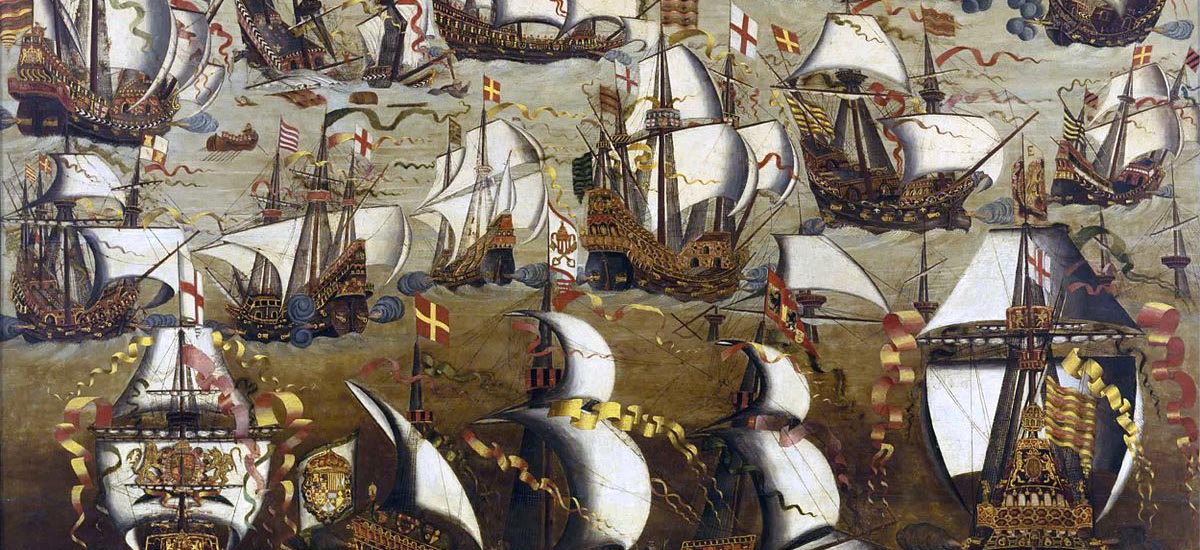
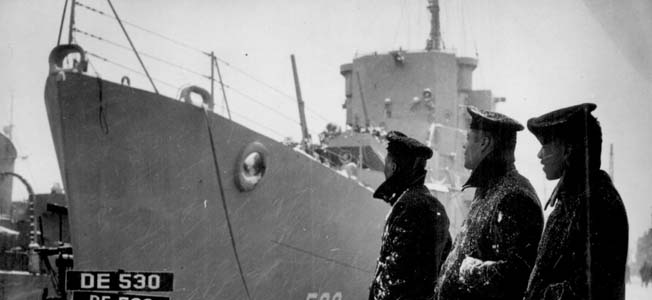
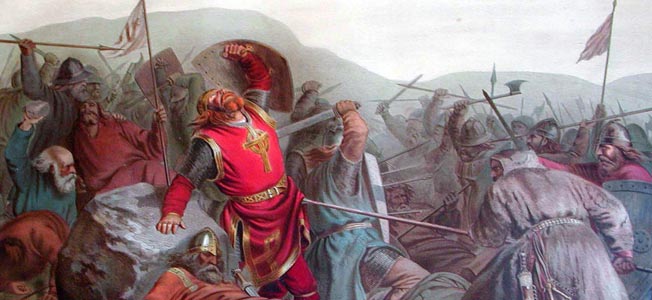
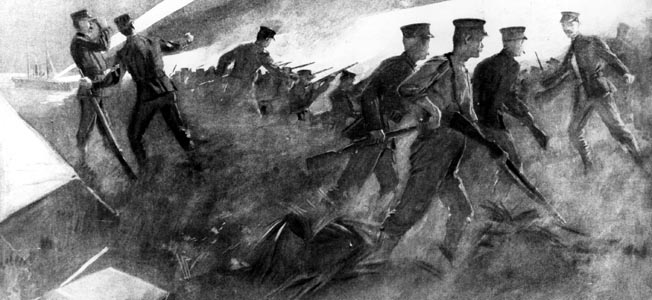
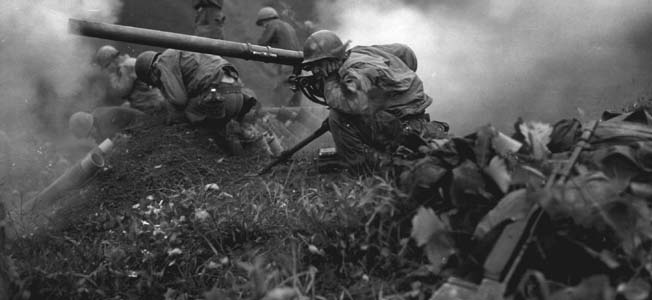
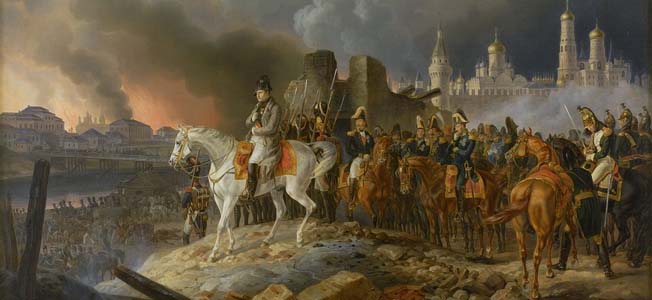
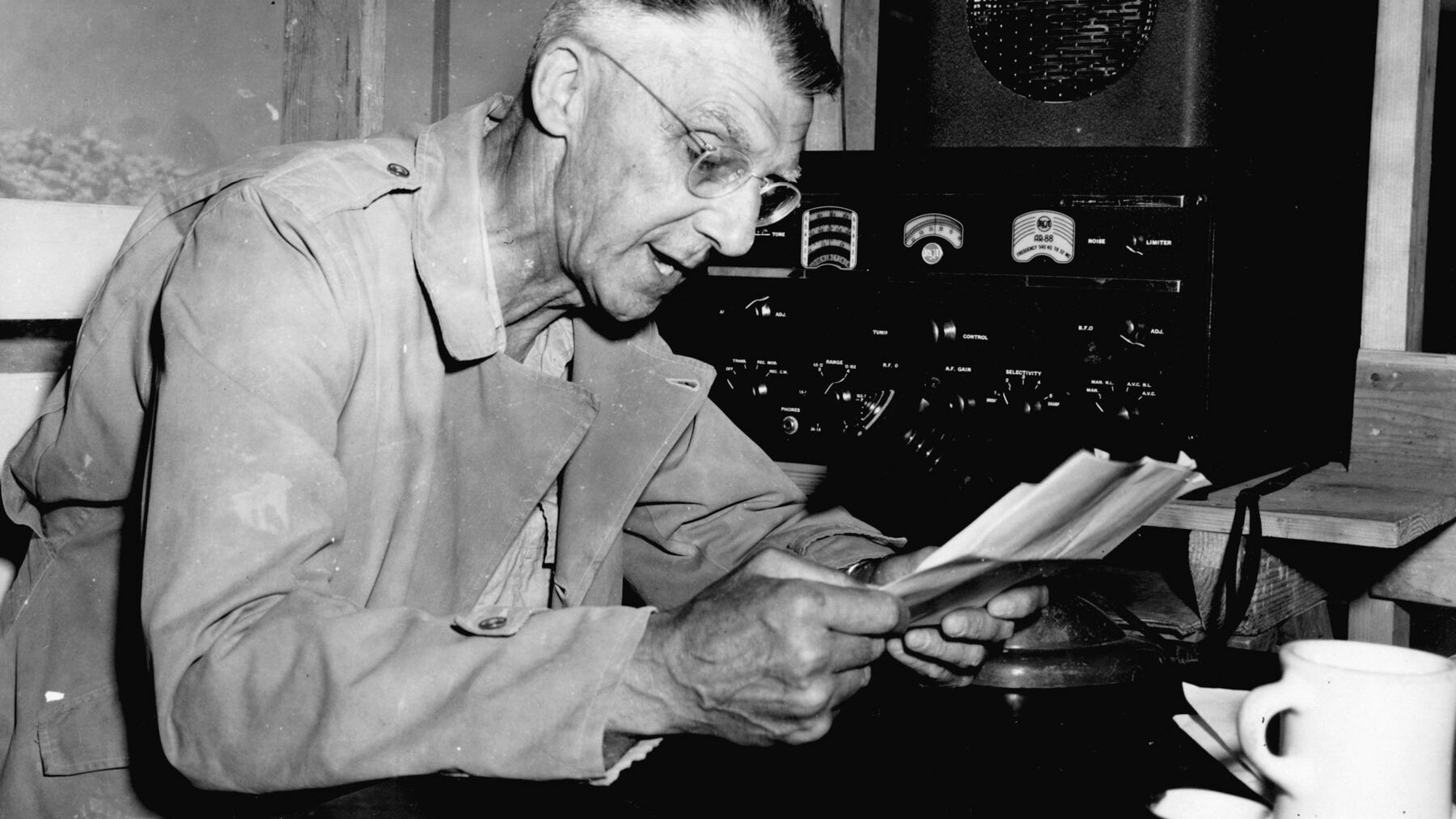
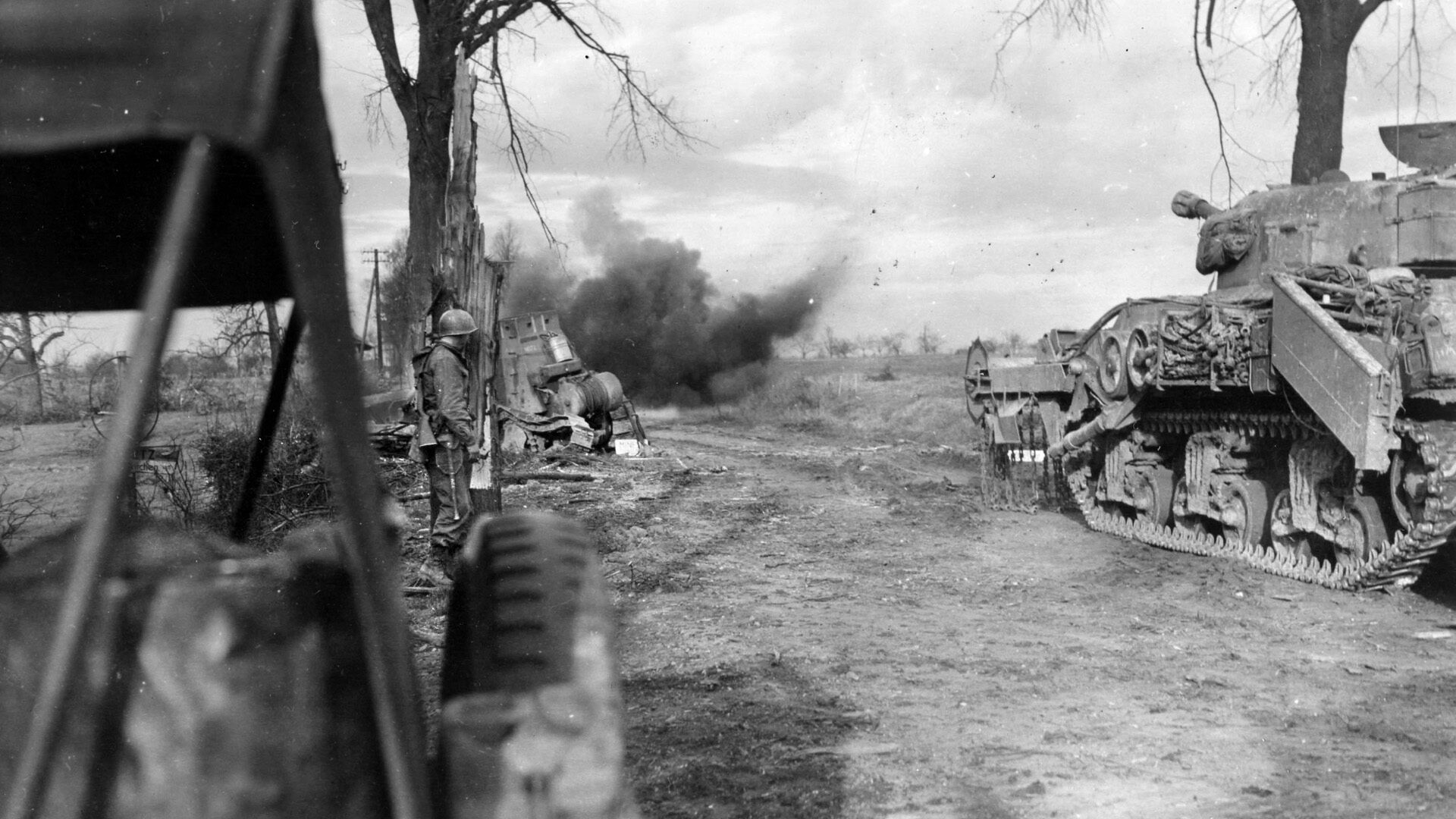
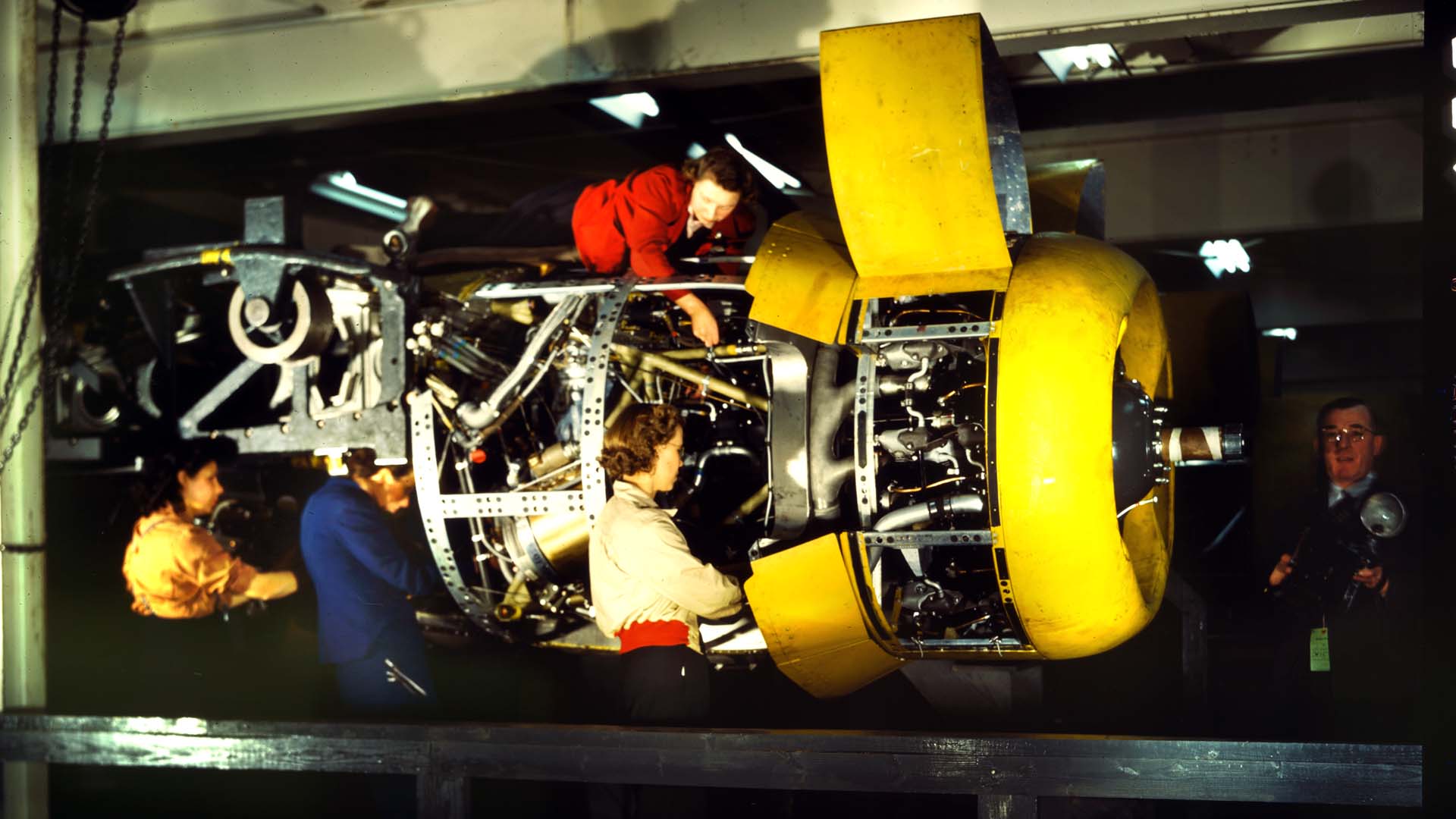
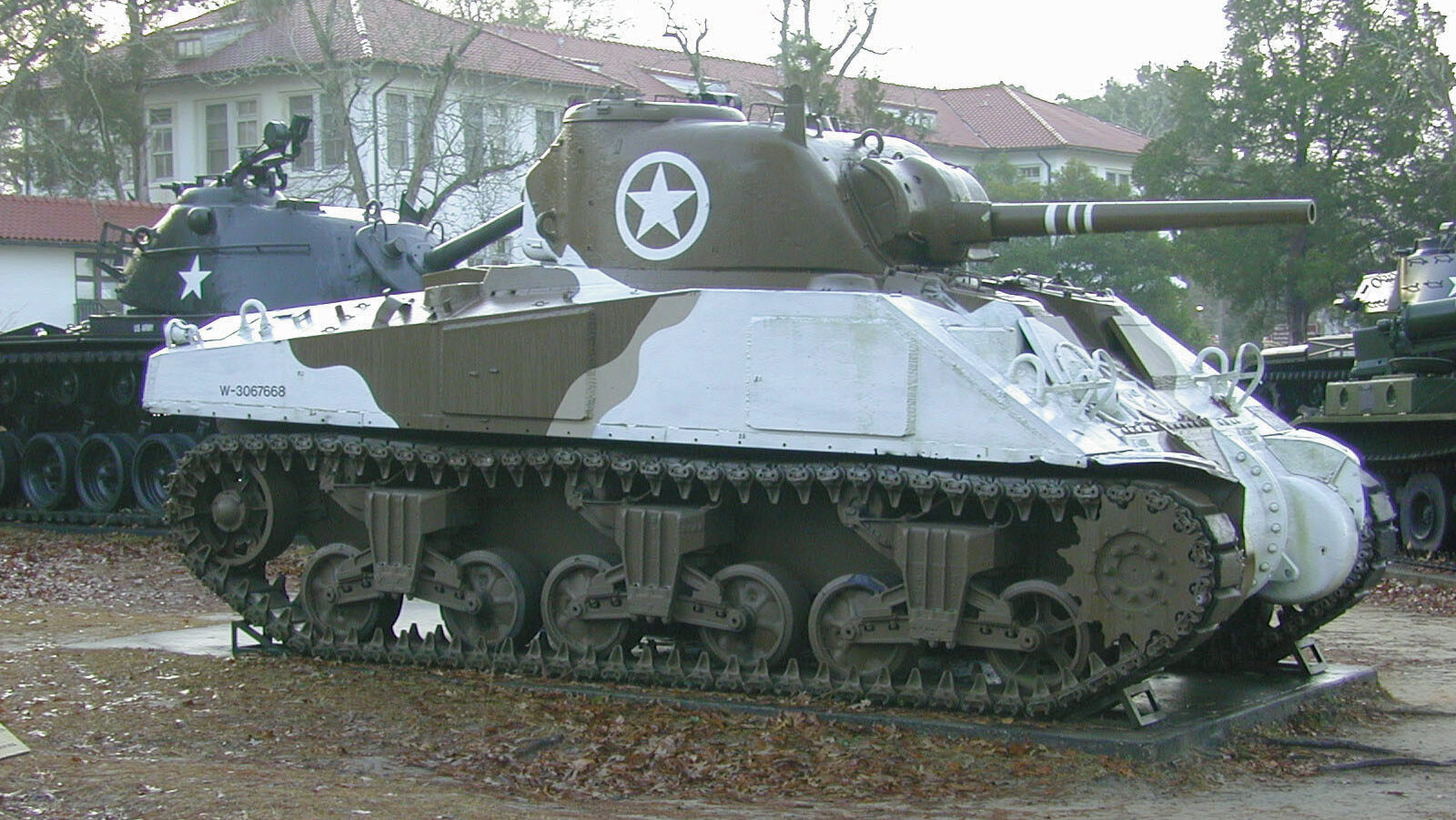
From what I understand, US Navy sailors were much better-fed than other sailors, and even better than US soldiers.
In the 1980s, I had the opportunity to eat at several Army and Navy bases. I thought the Navy food was considerably better.
Or as my father learned while in the Army in the Korean War:
GI bread and GI gravy,
Gee, I wish I’d joined the Navy.